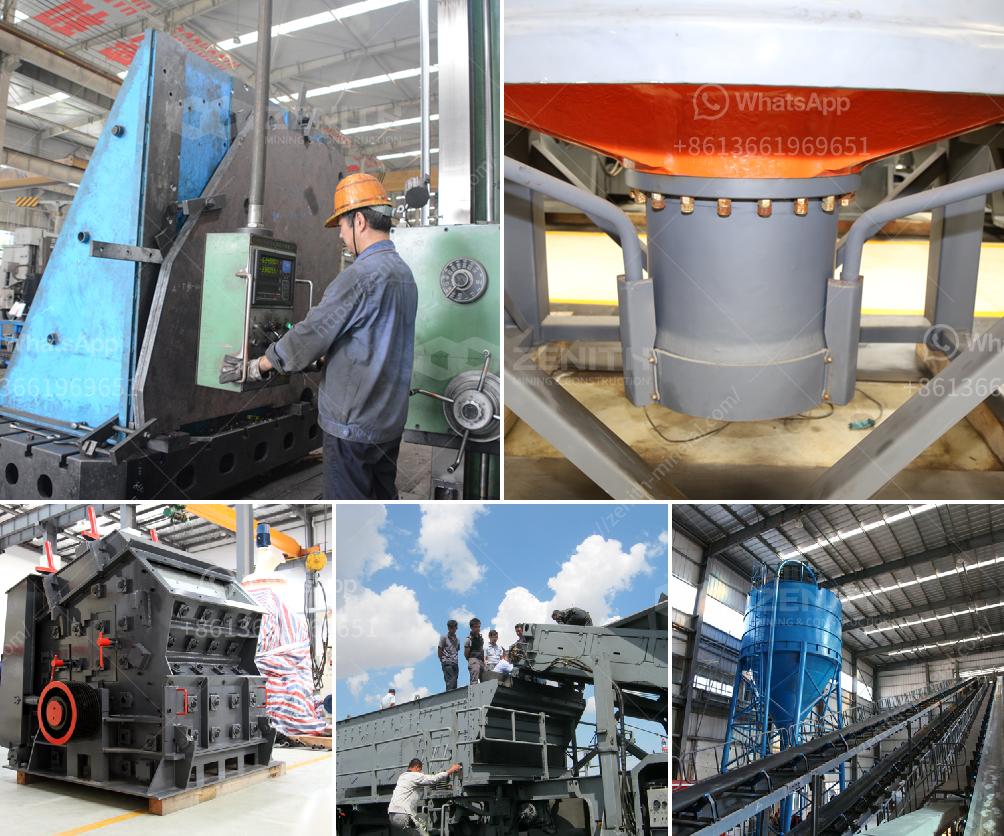A coal crusher works by breaking down large pieces of coal into smaller, manageable sizes suitable for further processing or combustion. Here’s a basic overview of how it operates:
- Feeding: Raw coal is fed into the crusher through a hopper or conveyor system.
- Crushing Mechanism: The coal is subjected to one or more stages of braking by the crusher's mechanical components. Common types of coal crushers include:
- Jaw Crushers: Use compression to crush the coal between two hard surfaces.
- Hammer Mills: Employ rotating hammers to pulverize the coal.
- Roll Crushers: Utilize two opposing rollers to crush the coal by compression.
- Impact Crushers: Use high-speed impact from rotating elements to break the coal.
- Sizing: An integral part of the process, screening mechanisms (sieves or gratings) ensure that the materials are crushed to the desired size. Oversized material is re-circulated and crushed again.
- Discharge: The crushed coal is then discharged from the crusher’s output for further handling or processing, like being conveyed to a storage pile or transported to a boiler for combustion.
The efficiency and effectiveness of coal crushers depend on the design and configuration, the hardness of the coal being processed, and the desired final product size.

